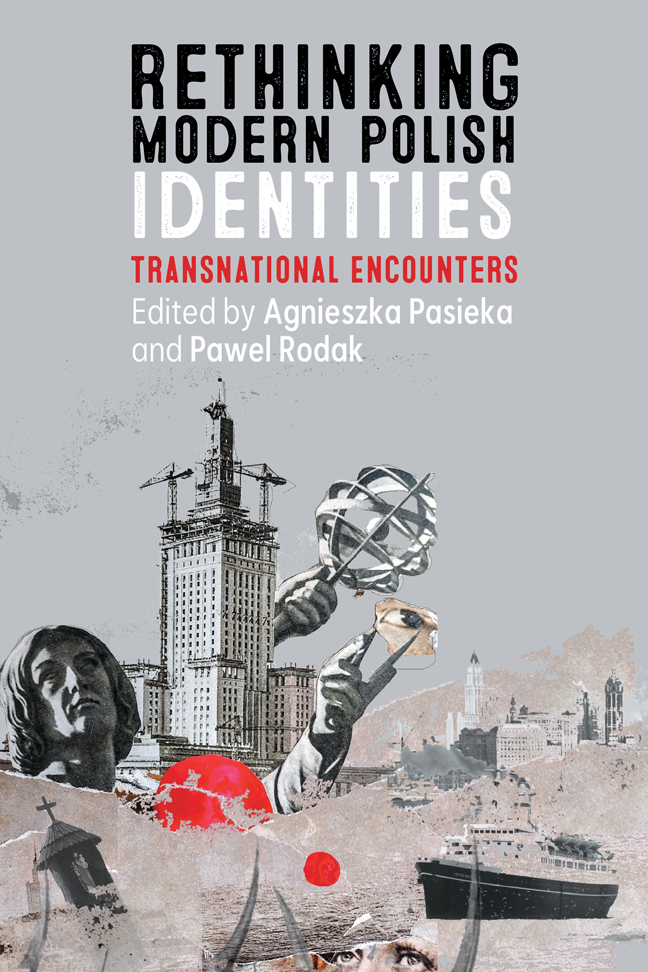Book contents
- Frontmatter
- Contents
- Acknowledgments
- Introduction: Polishness: A Story of Sameness and Difference
- Part One Redefining Polishness
- Part Two Identity in the Making
- Part Three Portraits and Performances
- Afterword: Polishness: A Time of Deconstruction, a Time of Reconstruction
- Notes on the Contributors
- Index of Names
- Index of Subjects
Fifteen - “Poles–Their Own Portraits” Revisited: Taking a Critical Stand
Published online by Cambridge University Press: 10 January 2024
- Frontmatter
- Contents
- Acknowledgments
- Introduction: Polishness: A Story of Sameness and Difference
- Part One Redefining Polishness
- Part Two Identity in the Making
- Part Three Portraits and Performances
- Afterword: Polishness: A Time of Deconstruction, a Time of Reconstruction
- Notes on the Contributors
- Index of Names
- Index of Subjects
Summary
Understanding Backward
On October 5, 1979, the National Museum in Krakow launched an exhibition that showcased nearly a thousand exhibits featuring images of Poles produced over a thousand years of history. Organized by Marek Rostworowski, who was director of the museum at the time, “Poles—Their Own Portraits” enjoyed enormous popularity. It is estimated that the exhibition was visited by three hundred thousand people, mostly by those who did not regularly partake in exhibition culture at large. In the aftermath of John Paul II's election to the papacy and just a few months before the August 1980 strikes in Poland, the context of those events was significant for the success of the exhibition. Its sheer scale was reason enough to attract visitors: it was one of the first Polish “blockbuster” exhibitions. These exhibitions are not meant to be aesthetically attractive; rather, they seek to collect and display a particular kind of artifact. From the point of view of its visitors, viewing an exhibition like that is testimony to their democratic participation in culture.
Paweł Leszkowicz writes that in the Poland of the 1970s (under Edward Gierek's rule) there were other homely “soc-blockbusters.” And yet the most important of these was the patriotic-historical “Poles—Their Own Portraits” in the National Museum in Krakow, which was visited by people from all over Poland. They went there to see themselves in the portraits of their forefathers and in the mirror that was placed at the end of the exhibition. Leszkowicz stresses that these blockbusters prove their own egalitarianism in an unmistakable way: “Most of them are scheduled to be open for three months and they should be visited by 250,000 people to reach the status of class B atop the Olympus of museum exhibitions. A quarter of a million is then a threshold. We are dealing here with big, even very big, and popular exhibitions. Secondly, there is the quality of the museumgoers to be taken into account. Blockbusters are visited by the sort of people who usually do not visit museums and are not interested in art. In this particular case, however, they voluntarily join long queues, and even buy more expensive tickets.”
- Type
- Chapter
- Information
- Rethinking Modern Polish IdentitiesTransnational Encounters, pp. 324 - 347Publisher: Boydell & BrewerPrint publication year: 2023



